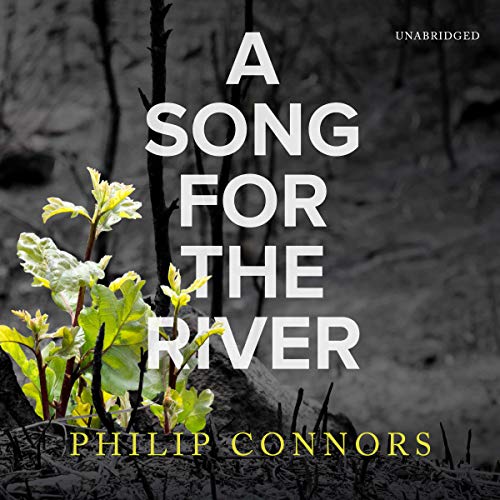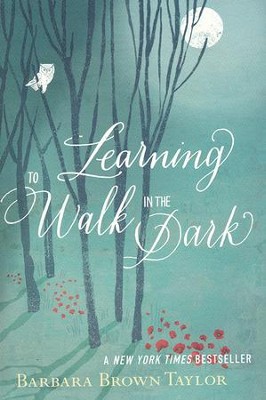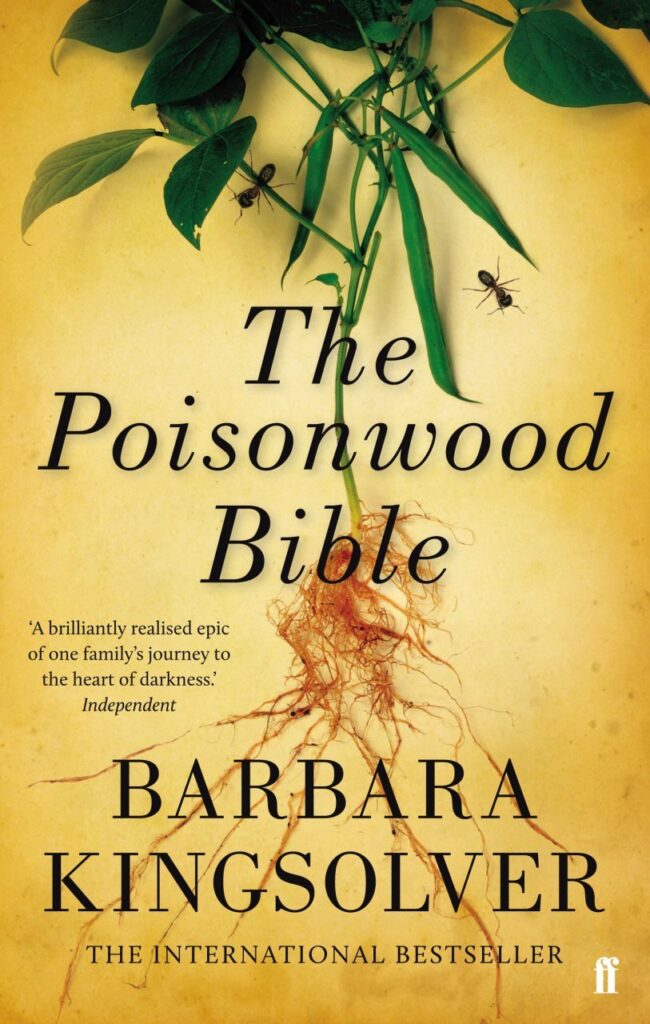Story 1:
Like a lot of kids, I don’t look back fondly on my Junior High. But the one exciting thing about those years occurred shortly after sundown, especially in the winter. I would wait with excitement as the sky darkened, turning on my receiver and listening as I prepared my transmitter which was tied into a long-wire diapole antenna. Soon, the 80-meter amateur radio band came to life. My headphones became clogged with the sound of morse code. Sometimes I would respond to a CQ (an invitation to chat by morse code) and make a new friend. Other times I would send my own CQ or join a network that was busy handing “traffic.” This was an exciting hour for a fourteen-year-old. Early in the evening, one might connect with someone in Europe or up and down the east coast. As the darkness moved further west, connections were more easily made to operators in the Midwest and, even later, on the West Coast. In high school, I lost the wonder of amateur radio and at some point, my license expired. Occasionally, I think back on those days and wonder if I should study up and renew my license. These two books that I review below helped rekindle such interest.
Story 2:
The first story I remember from a sermon came from Rev. Jessie Parks. He was the pastor of my home church from the time we moved to the Wilmington NC area until shortly after I turned 11. I remember the timing of his move as he had a son a few months older than me. For short time, we were in Boy Scouts together. I was probably ten when he gave this sermon. The story was about the radio operators on the high seas on that fateful night of April 14-15, 1912. I would later learn that Mr. Parks was also an amateur radio operator. I’m sure most ham operators know well the story of what happened that night when the Titanic sank.
On my recent trip to Savannah and back, one of the books I listened was about the sinking of the Titanic from the perspective of two ships, the Carpathia and the Californian. Then, I listened to an Erik Larson story that wove together the early years of radio and that of a murder in London. Here are my reviews:
Daniel Allen Butler, The Other Side of the Night: The Carpathia, the Californian and the Night the Titanic was Lost

(2009, Audible, 2013), 9 hours and 29 minutes.
Butler suggests the purpose of his book is to focus, not on the sinking of the Titanic, but on the other ships that were in the vicinity on the night of April 14-15, 1912. However, this isn’t new information as many of the details I had already known. After the sinking of the Titanic, there were major investigations, one in the United States and the other in Great Britain. All officers of the two nearby ships along with those officers and crew who survived the sinking were interviewed by these two investigations. What Butler does is to provide more insight into the lives of the development of the transatlantic shipping in the early years of the century, the captains of the two ships, the details of what happened that night from the perspective of the two ships, and report on the inquiries in the aftermath of the accident. Furthermore, he provides an interesting overview of how radio operated in the early days of wireless, which I found most interesting.
Wireless radio in 1912 was under the control of the Marconi company. The operators on the ships didn’t work for the shipping company, but for Marconi. He trained the operators, assigned them to the ships, and paid them. While onboard, the captain of the ship had authority over the operators, but he didn’t control them as he did rest of the crew onboard ship. Most ships had only one operator, although the larger liners like the Titanic had two. Part of the reason for the additional operator was that by 1912, Marconi’s company had found a profitable niche in sending telegraphs from the passengers of ships in the mid-Atlantic. As evening settled in on April 14th, the Titanic’s operators were busy sending such messages. Therefore, when the Californian operator contacted nearby ships to warn of ice, the Titanic’s operators were busy sending messages of good will from their passengers. His response was rather curt as he told the Californian not to interrupt their traffic. The Californian’s captain, Stanley Lord, decided it was unsafe to continue moving through the ice field in the dark. He had his ship stopped for the night and the radio operator, as there was only one onboard, went to bed. The captain also went to bed. A few minutes later, the Titanic struck the fatal iceberg.
Knowing his ship was in danger, Captain Smith of the Titanic soon had his operators sending out a distress single. The Carpathia, which was fifty-eight miles away, responded and quickly changed course. Arthur Rostron, its captain, immediately began making plans as to how he might best respond. He had the confidence of his crew and pushed the ship to a speed beyond what was thought capable. While in transit, they readied lifeboats, prepared places inside the ship to receive passengers and to provide medical care, and prepared food. However, when he learned how fast the Titanic was sinking, he knew he could never reach the ship in time.
Throughout the night, until the lights went out, the Titanic’s operators stayed at their station hoping to awaken a closer ship who might be able to arrive in time to save the passengers and crew. The Titanic also shot up flares, some which were seen by the Californian, which was probably around 5 nautical miles from the disaster. The officers on the Californian reported such sights to their sleeping captain. The Californian tried to respond to the Titanic by morse code using lights but was probably too far away and received no response. There was even discussion on the ship as to whether the flairs were “company signals” or “distress signals.” Captain Lord never left his bunk to examine the situation. Nor did he wake the radio operator so that he might learn what was happening.
Early the next morning, around two hours after the Titanic disappeared (those on the Californian through the ship had sailed off and didn’t even realize it was the Titanic), the Carpathia arrived and began to collect those in life rafts.
Butler tells this story in an engaging manner. He rightly praises the work of Rostron and the Carpathia. And, as has many before him, he condemned the actions of Captain Lord. However, he goes beyond condemning the inaction of Lord, by psychologically diagnosing him. He also condemned the supporters of Mr. Lord. This, I thought, went to far. A historian is in no position to psychologically evaluate someone long dead and I’m not sure who, today, are Mr. Lord’s supporters. To me, attacking Lord’s supporters was to create a straw man to beat up. Nonetheless, I enjoyed his telling of the story of the Titanic from the perspectives of those on the seas that evening.
Erik Larson, Thunderstruck

(2006, Audible 2006), 11 hours and 56 minutes.
Like many readers, my first exposure to the writings of Erik Larson was through The Devil in the White City. In that book, Larson tells the story of one of nation’s first serial murderers and the 1893 Chicago World’s Fair. In Thunderstruck, Larson weaves together the story of a murder that occurred in London in early in the 20th Century with the story of Marconi’s development of the wireless radio.
Hawley Crippen was a homeopathic physician from Michigan who worked in the patent medicine business. He spent much of his life in London. He married a woman who saw herself as an opera star. After failing to break into such trade in the United States, she tried and failed to make a name for herself in the London. The portrait Larson creates of Crippen’s wife, Cora, who went by her stage name, Belle,” is less than flattering. She was never satisfied. She nearly bankrupted her husband with her shopping sprees. She had several affairs. To most people, Crippen doted on her and did what he could to make her happy. Then, he hired a new typist, Ethel, whom he fell for and with whom he had an affair.
In early 1910, Cora went missing. Crippen said she’d gone to the United States and later said she’d died in California. But some friends of Cora questioned this and brought her disappearance to the attention of Scotland Yard. Knowing he was under investigation, Crippen and Ethel fled to Europe and then to Quebec. Ethel was disguised as a young boy. But the officers of the ship were on the lookout and the captain became suspicious. Using the radio, he contacted authorities. Scotland Yard sent an investigator to Canada on a faster ship, which beat Crippen’s ship and allowed him to make an arrest with the help of Quebec authorities. This high seas chase became the headline in newspapers. Everyone except those on Crippen’s ship, knew what was happening because of radio. Crippen, who was always known as a gentleman, was hanged for this crime. Ethel was tried as an accessory but was found not guilty.
The Crippen story is broken up by the story of Marconi and the development of wireless radio. In the 1890s, there were great interest in an ability to send messages through the “ether.” While some of this was through scientific means, others sought to do such through magic or the occult. Marconi was the one who figured out how to send wireless over a long distance. But his is not the rags to riches story. His father was a wealthy businessman in Italy and his mother was from the Jameson distilling family of Ireland. It was the Jameson family who helped pull together backers to support Marconi as he began wireless operations that eventually crossed the Atlantic. But there were lots of issues to overcome. Even once it was shown as possible, there were legal challenges from cable companies who saw wireless as an unfair competitor. There were issues of isolating the signal to a particular frequency. For some reason that was only later understood, wireless worked best at night (as I experienced as a 14-year-old kid in the longer frequency bands). Larson weaves all this together into a compelling story. I thoroughly enjoyed this book.


















